Behold our comprehensive guide to designing your living room in 16 easy steps! At my interior design company, we undertake numerous living room makeovers and designs. Whether you’re constructing a new abode, moving into a different house, or simply craving a living room transformation, the process remains similar when working with an interior designer. Without further ado, let’s delve into the 16 steps to curate the perfect living room design concepts.
1. Establish the primary purpose of your living room
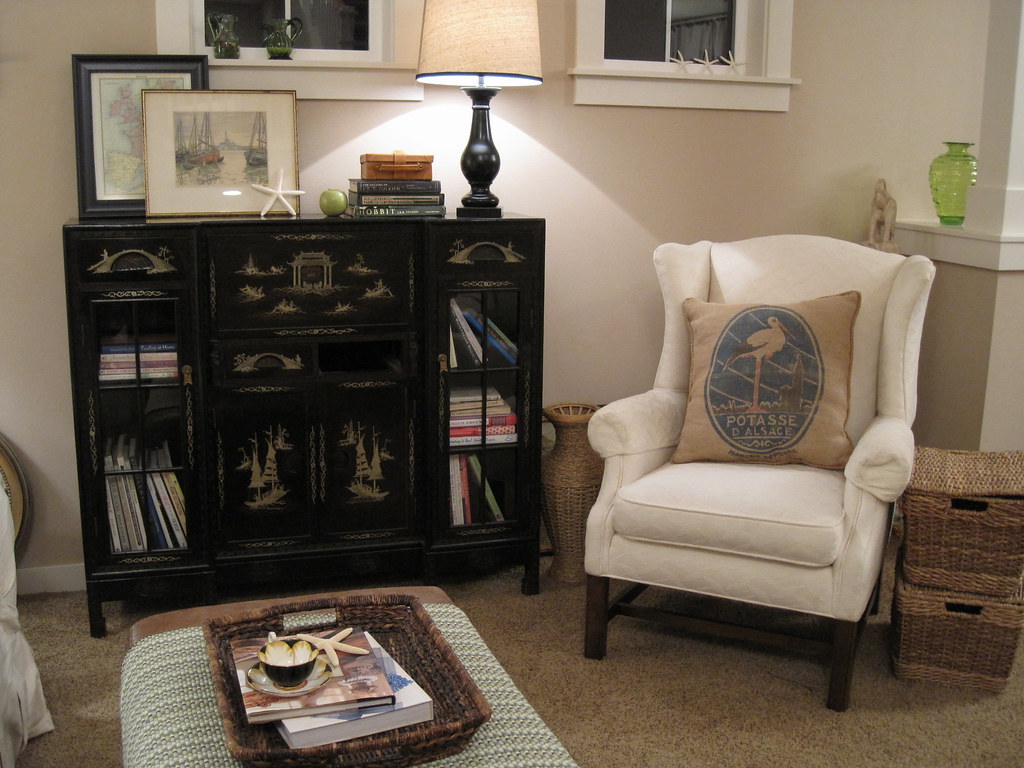
In the past, the living room denoted a formal space reserved for entertaining, distinct from the more casual family room. However, modern open-concept layouts have blurred the lines, often merging the living room and family room into one multifunctional area. Therefore, the initial step in designing your living room is determining its purpose. Will it lean towards formality, mainly for entertaining, or will it serve as a cozy family room for various activities like watching TV, reading, or playing games?
The term “living room” encompasses various types of living spaces. Identify precisely how you intend to use your living room.
2. Measure your space and determine the dimensions
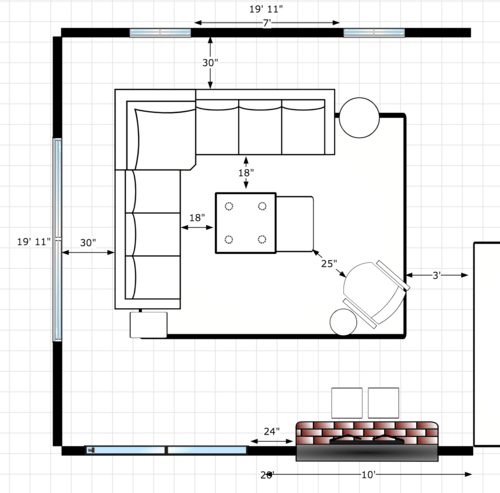
While many guides advise establishing a budget as the first step, in my opinion, knowing the dimensions of your living room is crucial for creating an itemized budget. The size of different components often influences their cost. For example, flooring is priced per square foot, and painting is often priced based on surface area. Therefore, sketch out your room’s dimensions before formulating a detailed living room budget.
3. Create a floor plan layout
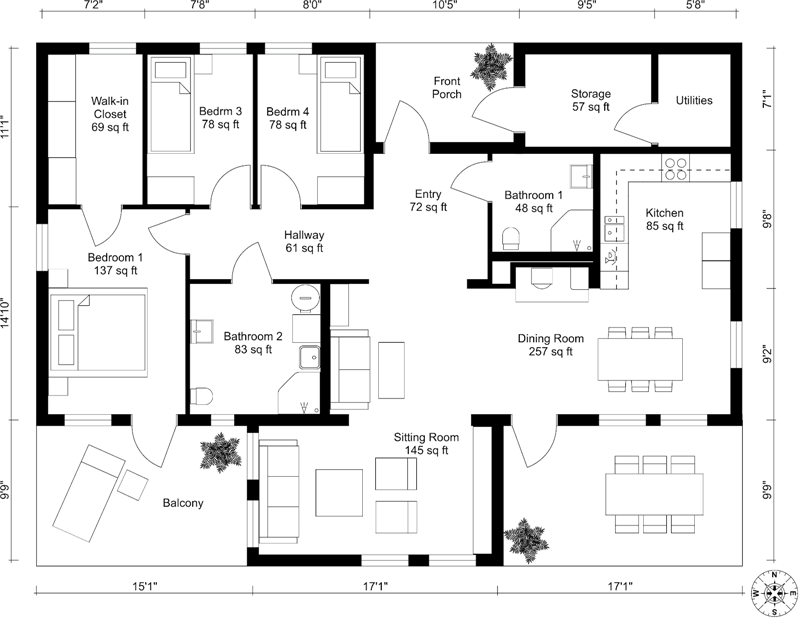
I find it beneficial to sketch a 2D floor plan or layout before setting a budget because an itemized budget should reflect the furniture items you desire. Will you opt for a sofa and loveseat or one sofa and two armchairs in your seating arrangement? Perhaps a combination of a sofa, loveseat, and an accent chair? Simple pencil and paper will suffice for jotting down your living room ideas, or you can explore free or affordable interior design software options to aid in the process.
Your layout will dictate the essential furniture items required for your living room, forming a significant portion of your budget. Moreover, furniture prices can be fluid, so if you have a larger living room, you may opt for more pieces at a lower price per item rather than investing in fewer, higher-priced items.
4. Develop a detailed budget

Creating a budget is crucial for your living room design and makeover, as it will determine the extent of changes you can make, furniture selection, lighting, flooring, and decor. With our experience working with clients and our own homes, we possess ample knowledge of living room makeover budgeting and the associated costs of enhancing your living room design.
You can choose to allocate a modest or substantial amount to your living room space; the decision is entirely yours.
Here’s a recommended living room makeover budget range: $10,000 to $30,000. This budget will enable you to make significant changes to the look of your living room, although it may not fulfill all your desires.
Tip: During the budgeting process, provide as much detail as possible about your living room ideas. While adjustments can be made, an itemized budget proves helpful. Additionally, as shown in the sample budget below, the “smaller” items can accumulate costs.
Consider the following sample budget breakdown for a 200 sq. ft. living room (assuming professional assistance):
– Engineered hardwood flooring: $4,000
– Wall painting: $2,500
– Mid-grade new sofa: $4,000
– Mid-grade armchairs (2): $4,000
– Area rug: $1,500
– Side tables (2): $800
– Shelving: $2,.
5. Choose a color scheme

Selecting a color scheme is an essential aspect of designing any room. Consider the mood and ambiance you want to create in your living room. Neutral tones like whites, grays, and beiges provide a timeless and versatile backdrop, while bold and vibrant colors can add personality and energy. Look for inspiration in magazines, websites, or even nature to help you decide on a color scheme that resonates with your style.
6. Decide on the flooring
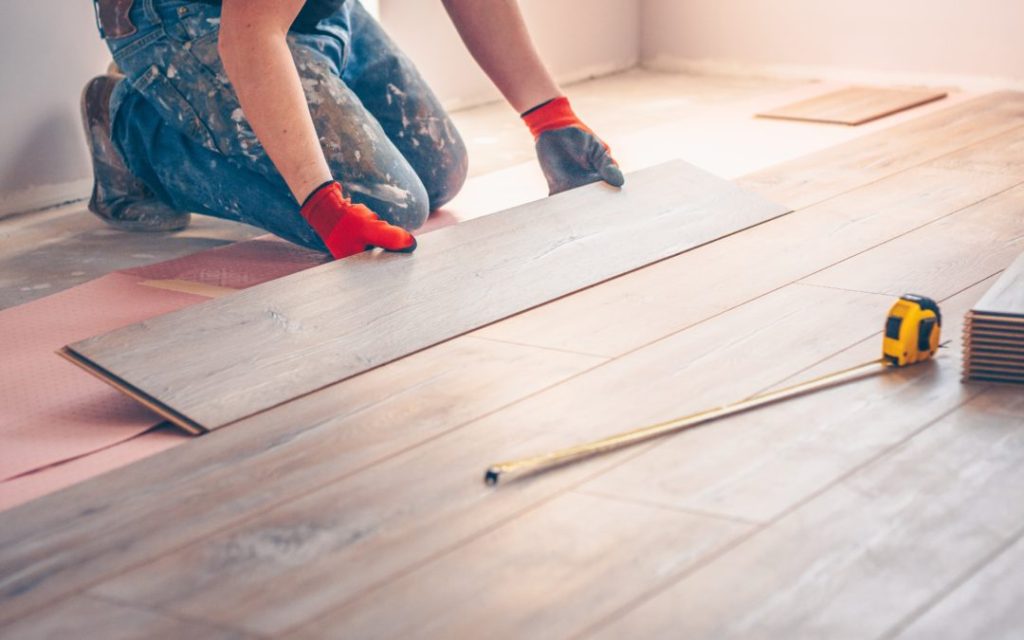
Flooring plays a significant role in the overall look and feel of your living room. Options range from hardwood, laminate, vinyl, carpet, or even tiles. Consider the durability, maintenance requirements, and comfort of each option. Your choice should complement your color scheme and the overall aesthetic you want to achieve.
7. Lighting design
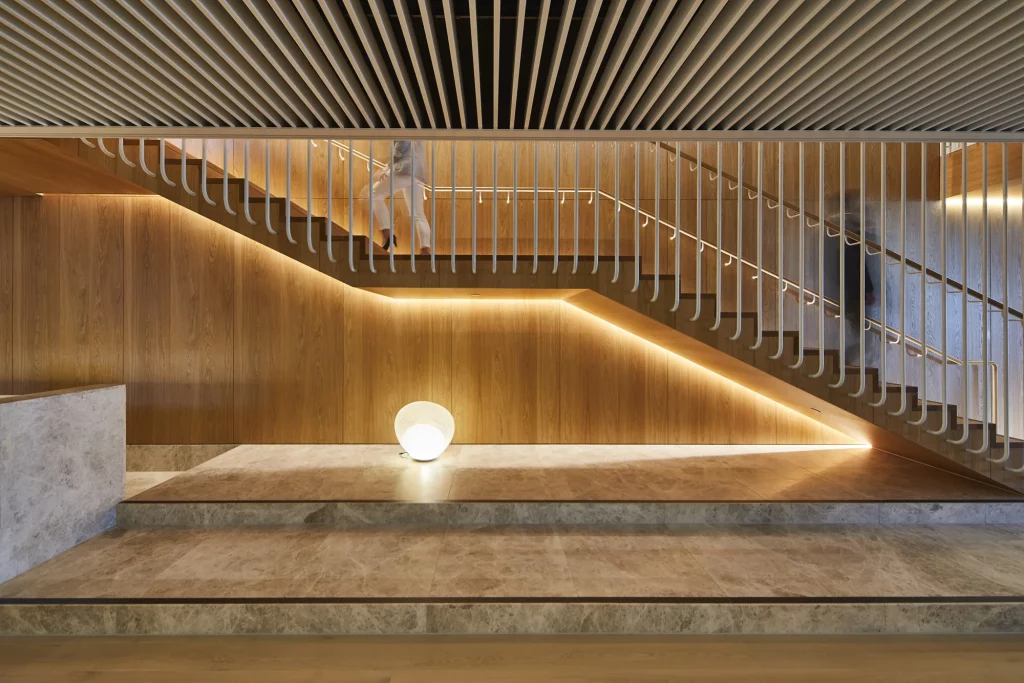
Proper lighting is crucial for creating the right ambiance and functionality in your living room. Consider a mix of general lighting, such as overhead fixtures or recessed lights, along with task lighting for specific areas like reading corners or workspaces. Additionally, incorporate accent lighting, such as table lamps or wall sconces, to add depth and visual interest.
8. Select furniture and arrange it
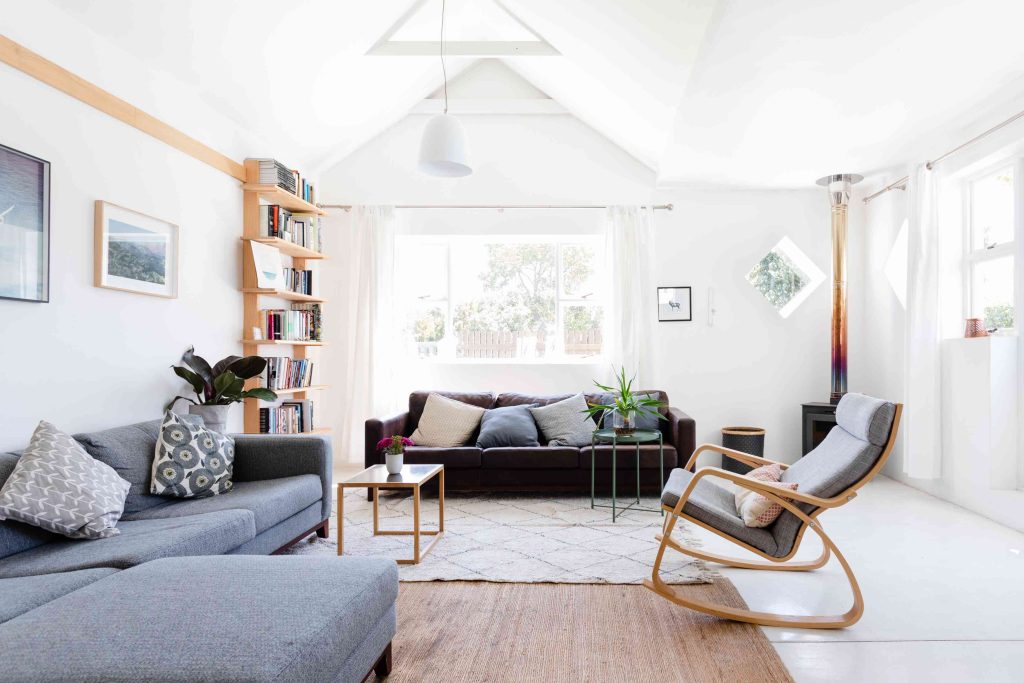
Based on your floor plan, choose furniture pieces that fit well within the space and cater to your needs. Consider the scale and proportion of the furniture in relation to the room’s size. Arrange the furniture to create conversation areas and ensure easy traffic flow. Keep in mind the functionality and comfort of each piece.
9. Add storage solutions
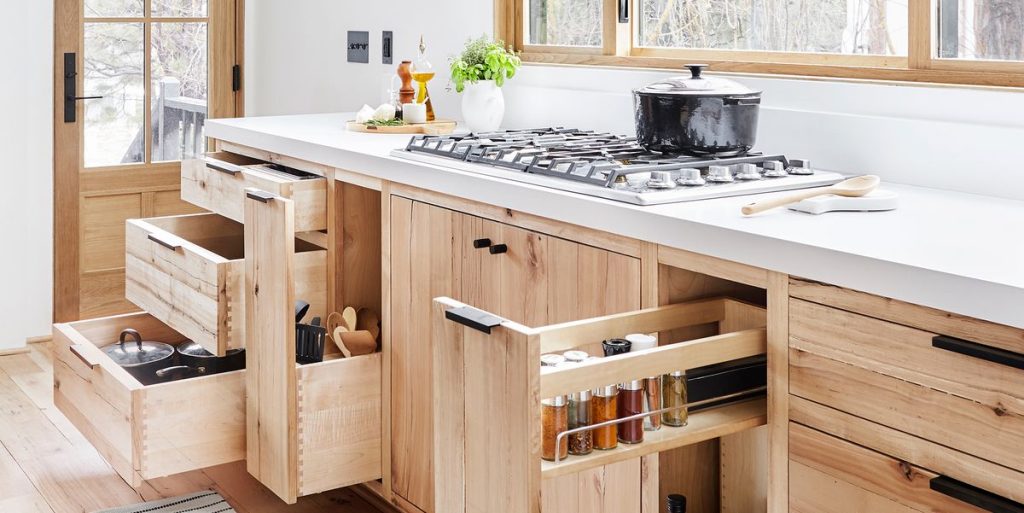
Storage is often an overlooked aspect of living room design. Incorporate functional storage options like bookshelves, cabinets, or ottomans with hidden compartments. This helps keep the room organized and clutter-free.
10. Focus on the focal point
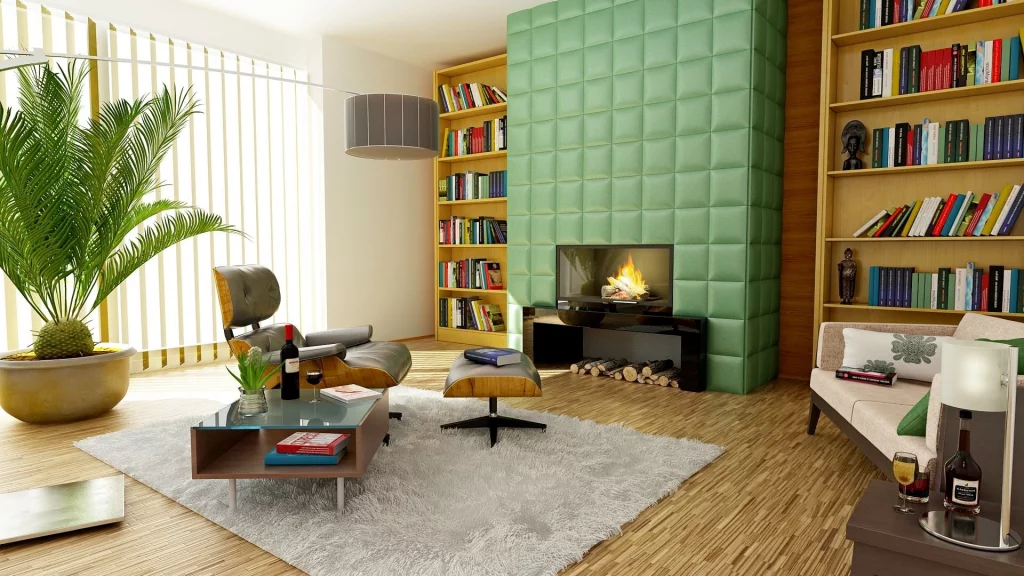
Identify the focal point of your living room, which could be a fireplace, a large window with a view, or a prominent piece of artwork. Arrange furniture and decor around this focal point to draw attention and create a cohesive design.
11. Enhance with accessories and decor
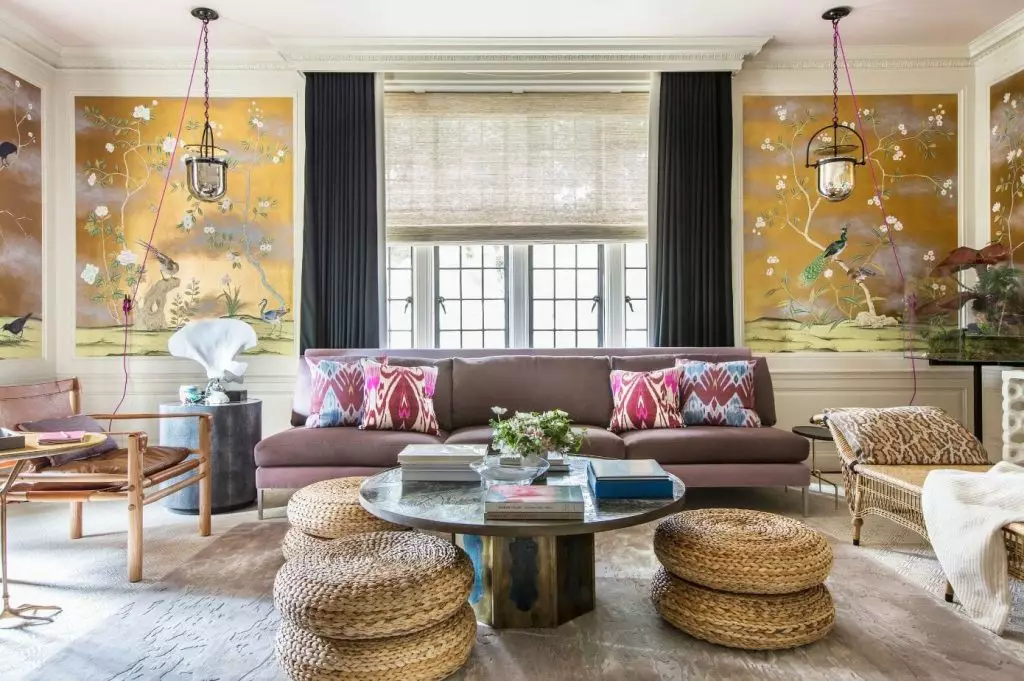
Accessories and decor items add the finishing touches to your living room design. Select artwork, decorative pillows, rugs, curtains, and other accessories that complement your color scheme and style. Remember to strike a balance between functionality and aesthetics.
12. Incorporate technology and entertainment

Consider the integration of technology and entertainment elements, such as a television, sound system, or smart home features. Plan the placement of these items to ensure they enhance the overall design without dominating the space.
13. Incorporate personal touches
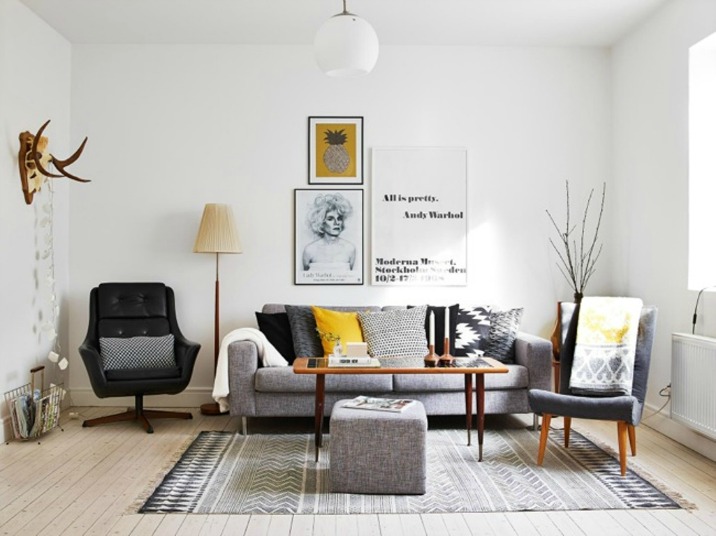
Infuse your living room with your personality by adding personal touches. Display family photos, travel mementos, or heirlooms that hold sentimental value. These elements make the space feel more inviting and unique to you.
14. Consider the flow with adjoining spaces
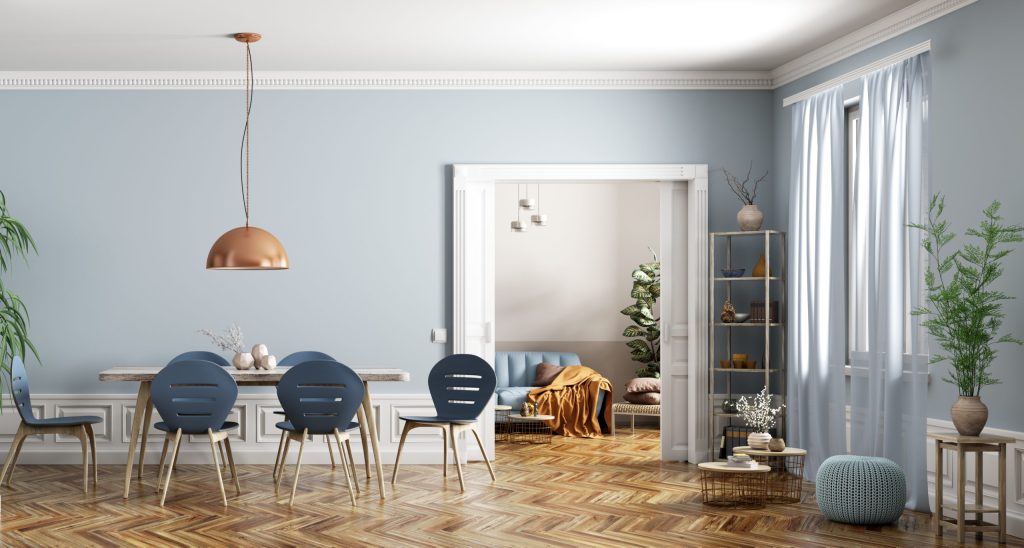
If your living room connects to other areas, ensure a seamless flow between them. Coordinate the design elements and color schemes to create a cohesive transition from one space to another.
15. Test and adjust

Once you’ve implemented your design plan, step back and evaluate the overall effect. Test the functionality and comfort of the space. Make any necessary adjustments to the furniture arrangement or decor to optimize the layout and ensure it meets your expectations.
16. Enjoy your transformed living room
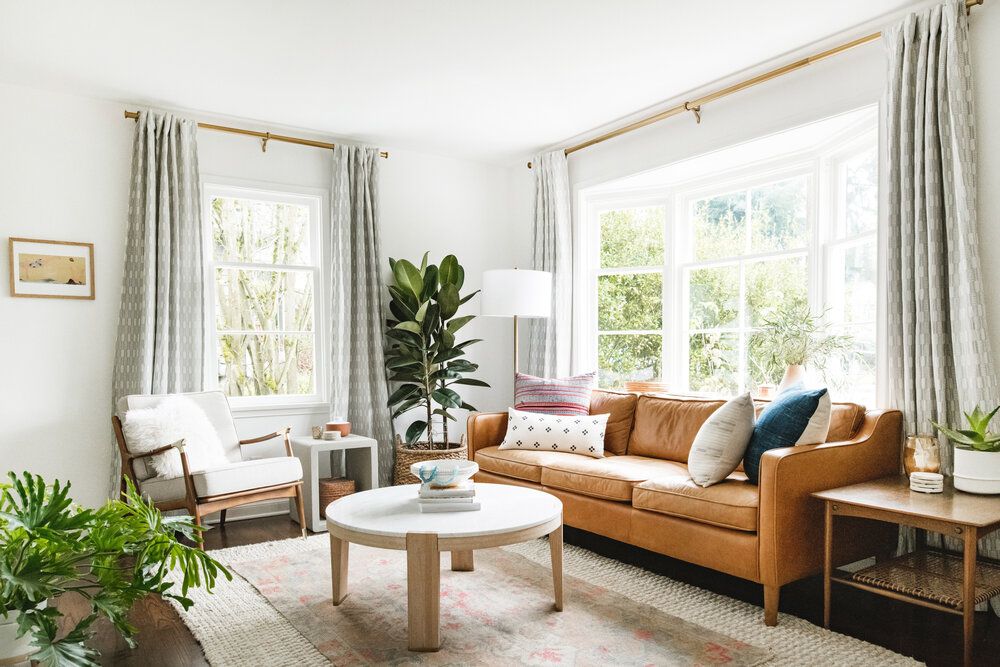
With the final touches in place, it’s time to enjoy your newly designed living room. Host gatherings, relax with your family, or indulge in your favorite activities in this inviting and personalized space.
Remember, these steps serve as a general guideline, and you can adapt them to fit your specific needs and preferences. Enjoy the process of designing your living room and have fun creating a space that reflects your style and enhances your lifestyle.